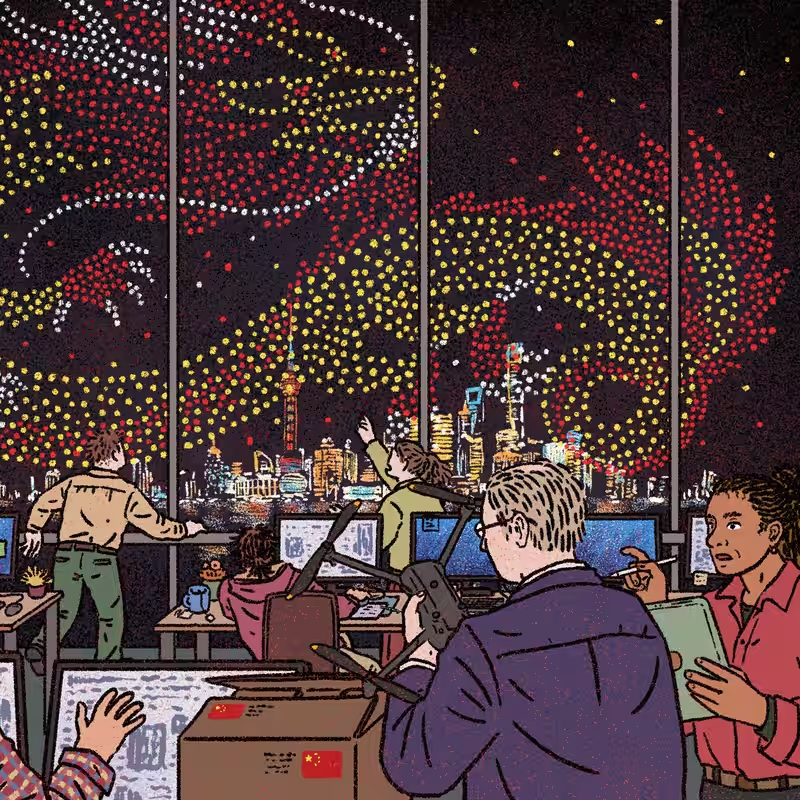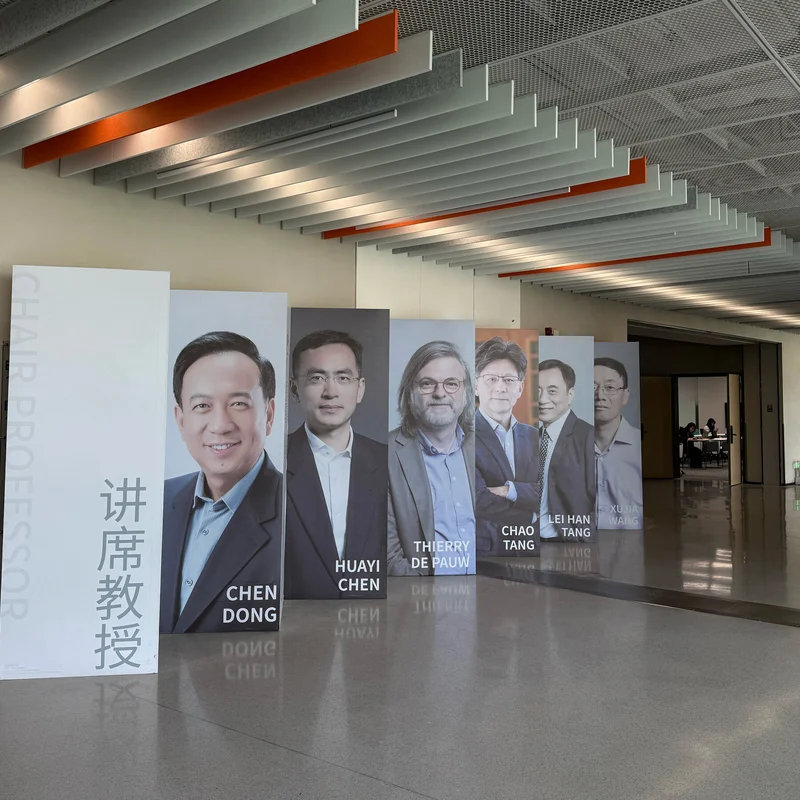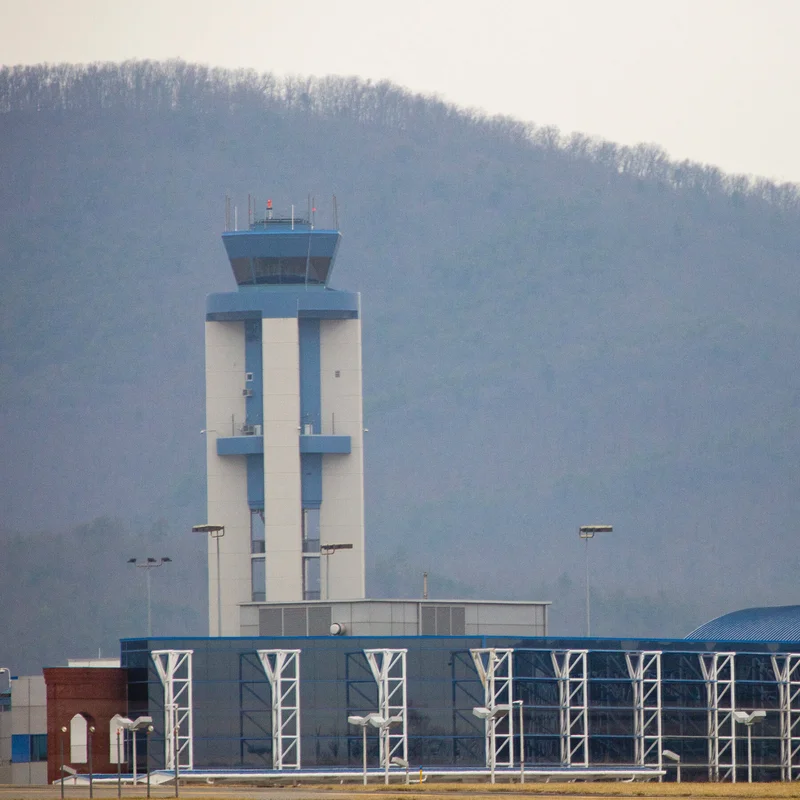Table of Contents
- Silicon Valley’s Growing Fascination with China
- The U.S. Manufacturing Gap
- China’s AI Pragmatism vs. America’s AGI Obsession
- The Hidden Costs Behind China’s Efficiency
- An American Identity Crisis in Tech
- Sources
Silicon Valley’s Growing Fascination with China
In boardrooms, podcasts, and policy memos across California, a new sentiment is taking hold: China envy. Once dismissed as a copycat economy, China is now being held up by Silicon Valley elites as a model of speed, scale, and execution—especially in areas where the U.S. appears to be faltering.
From high-speed rail to drone production and AI-integrated hardware, American tech leaders are openly marveling at China’s ability to “build things.” Venture capital firms like Andreessen Horowitz have warned that while “China races forward… we risk being stuck in the past.” This shift isn’t just about technology—it’s a reflection of deeper anxieties about America’s global standing.
The U.S. Manufacturing Gap
For decades, the U.S. outsourced much of its manufacturing capacity, betting that innovation alone would sustain its economic edge. But as China envy grows, that bet looks increasingly shaky.
“America designs; China builds,” has become a common refrain. While U.S. firms struggle to source basic components like screws or assemble domestic drone supply chains, Chinese companies are vertically integrating AI, hardware, and mass production at unprecedented speed.
Marc Andreessen, the influential VC, recently admitted China is “ahead on everything involved in building physical things.” This isn’t hyperbole—it’s a strategic concern. In today’s geopolitical climate, manufacturing isn’t just economic; it’s existential.
China’s AI Pragmatism vs. America’s AGI Obsession
One of the starkest contrasts lies in how each nation approaches artificial intelligence. While Silicon Valley remains fixated on artificial general intelligence (AGI)—machines that think like humans—Chinese entrepreneurs are laser-focused on practical applications.
“Rarely do they mention AGI,” notes a tech observer based in Shenzhen. Instead, Chinese startups are embedding AI into everything: factory robots, delivery drones, customer service chatbots, and smart city infrastructure.
This pragmatic approach paid off in 2024 when DeepSeek, a Chinese AI firm, launched a high-performing chatbot using less powerful chips—proving you don’t need cutting-edge hardware to deliver real-world value. For many in the U.S., it was a “Sputnik moment.”
The Hidden Costs Behind China’s Efficiency
Yet the China envy narrative often overlooks critical trade-offs. The same state-driven system that builds the world’s tallest bridges also leaves provinces drowning in debt. Rural pensioners survive on less than $20 a month, while unemployed professionals drive ride-share cars to make ends meet.
China’s tech rise is real—but it’s not boundless. Its achievements coexist with stagnant wages, a fraying social safety net, and systemic financial risks. As Afra Wang, a Silicon Valley writer, puts it: “This isn’t just about technology; it’s a question of identity—and sustainability.”
An American Identity Crisis in Tech
At its core, Silicon Valley’s China envy reveals more about America than about China. It reflects a nation struggling to reconcile its self-image as the world’s innovator with the reality that others are now executing faster and more cohesively.
Ironically, some of the same leaders calling for a U.S. tech revival support policies that undermine it—like restricting skilled immigration or cutting university R&D funding. Meanwhile, China continues doubling down on state-backed research and development.
The path forward isn’t imitation—it’s honest self-assessment. As Eric Schmidt and Selina Xu argued in a recent New York Times op-ed, the U.S. should focus less on AGI hype and more on integrating AI into everyday life, learning from China’s pragmatism without romanticizing its system.
[INTERNAL_LINK:China envy] may be the mirror America needs—but only if it’s willing to look clearly.
Sources
The New York Times: Silicon Valley Has China Envy, and That Reveals a Lot About America




